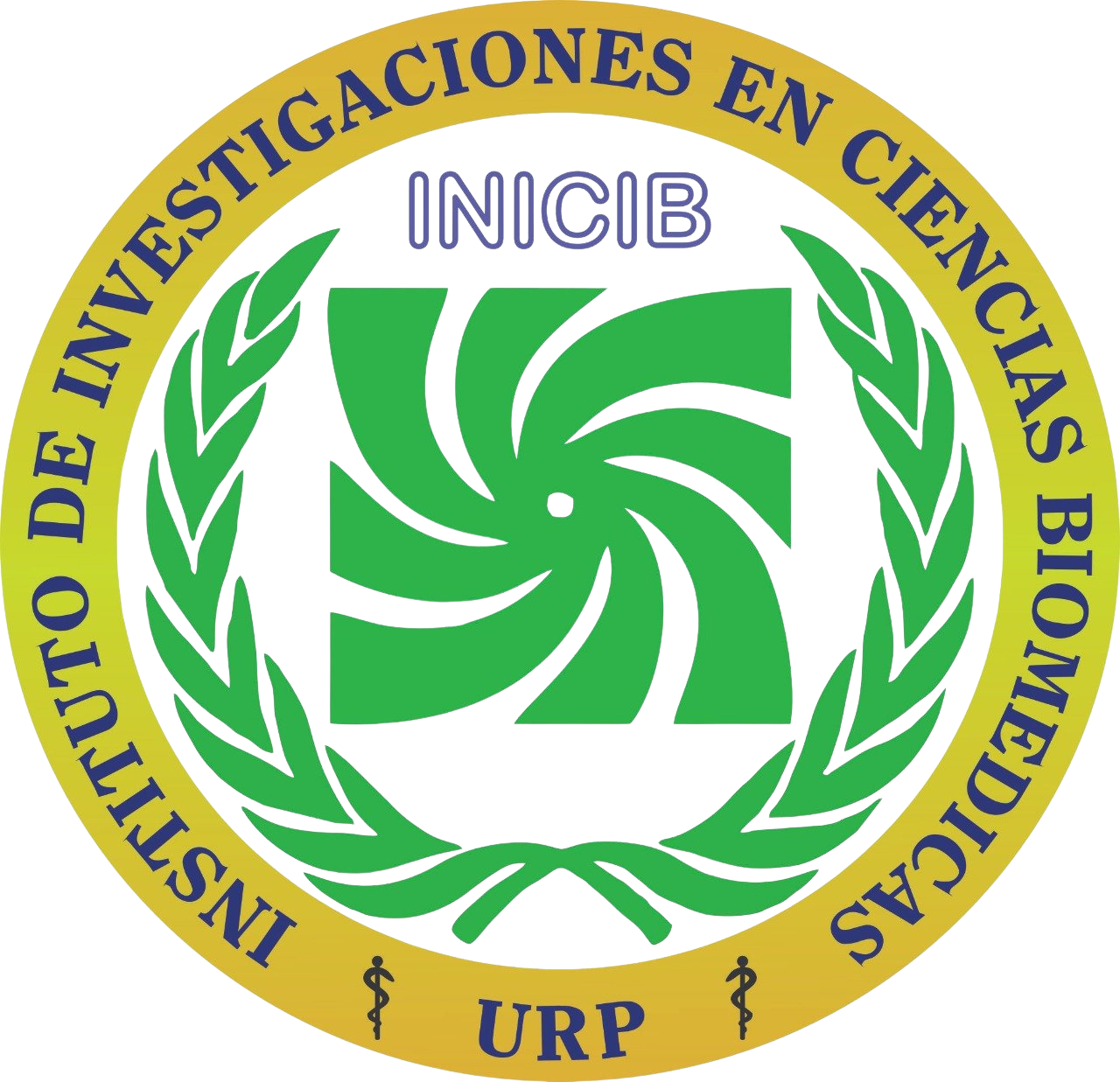Biochemical suffocants: Carbon Monoxide and Cyanide
Asfixiantes bioquímicos: Monóxido de Carbono y Cianuro
DOI:
https://doi.org/10.25176/RFMH.v22i3.4928Keywords:
Intoxication, Carbon Monoxide, Cyanide, Emergency MedicineAbstract
Gas poisoning, both voluntary and involuntary, has a high incidence and is often accompanied by high mortality. Occupational exposures and fires are the most common sources of inhalation injury. Suffocants chemicals are substances that cause oxygen deficiency without interfering with respiratory mechanics by altering biological oxidative mechanisms. Among the main chemical fixing agents are carbon monoxide and cyanide, which act by altering cellular respiration through blocks of mitochondrial enzymes. When exposed inadequately to both gases, they can cause symptoms ranging from mild and nonspecific symptoms to alterations at the neurological and cardiovascular levels or even death within minutes. It is important to know the comprehensive management of patients intoxicated by biochemical asphyxiants, in the case of carbon monoxide, the adequate use of oxygen and support measures, and in the case of cyanide, antidotes and their adequate administration, in order to decrease mortality and aftermath.
Downloads

Downloads
Published
How to Cite
Issue
Section
License
Copyright (c) 1970 Revista de la Facultad de Medicina Humana

This work is licensed under a Creative Commons Attribution 4.0 International License.



































